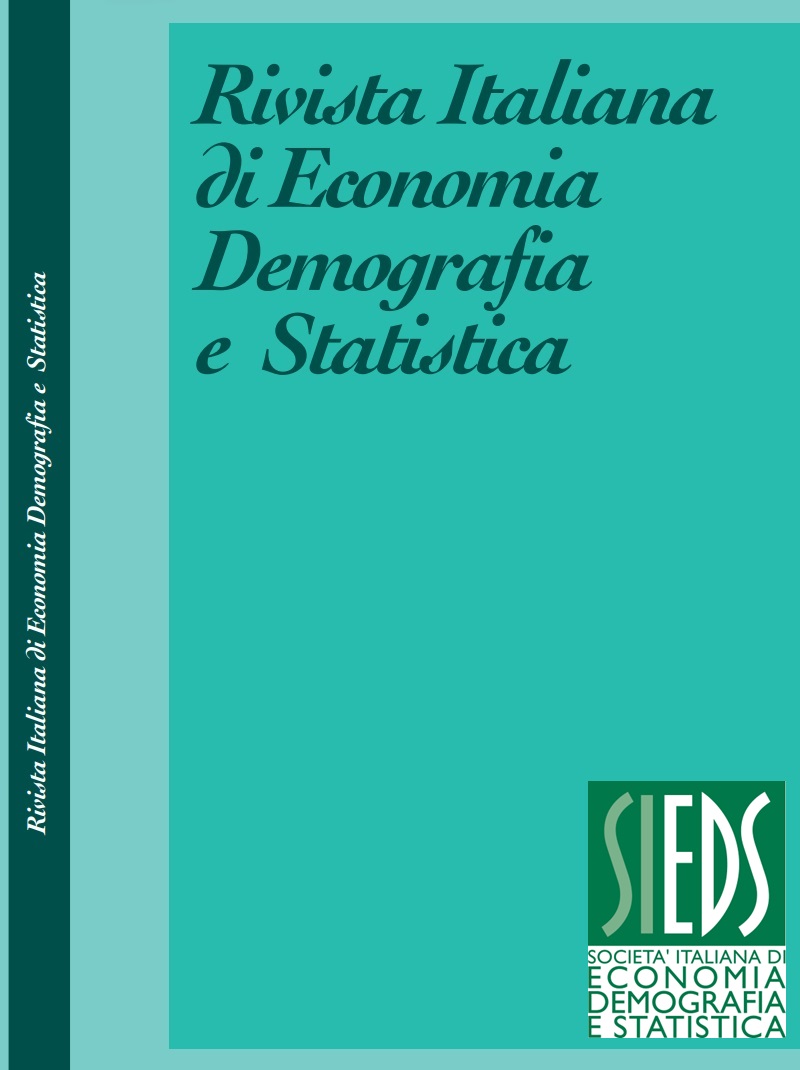Longevity-risk-adjusted global age as a measure of well-being
Abstract
In this work, we show how the difference between chronological and biological age canbe investigated by sentiment indicators constructed using survey data (healthy life expectancy and personal life satisfaction). We invert the GM mortality model to computelongevity-risk-adjusted global age, detecting how an objective indicator (i.e., L-RaG age) mimics a sentiment indicator, thereby implying that human feeling relies on different lifestyle conditions.
Downloads
Published
Issue
Section
License
Copyright (c) 2021 Mattia Mezzelani, Gloria Polinesi, Francesca Mariani, Maria Cristina Recchioni

This work is licensed under a Creative Commons Attribution 4.0 International License.



